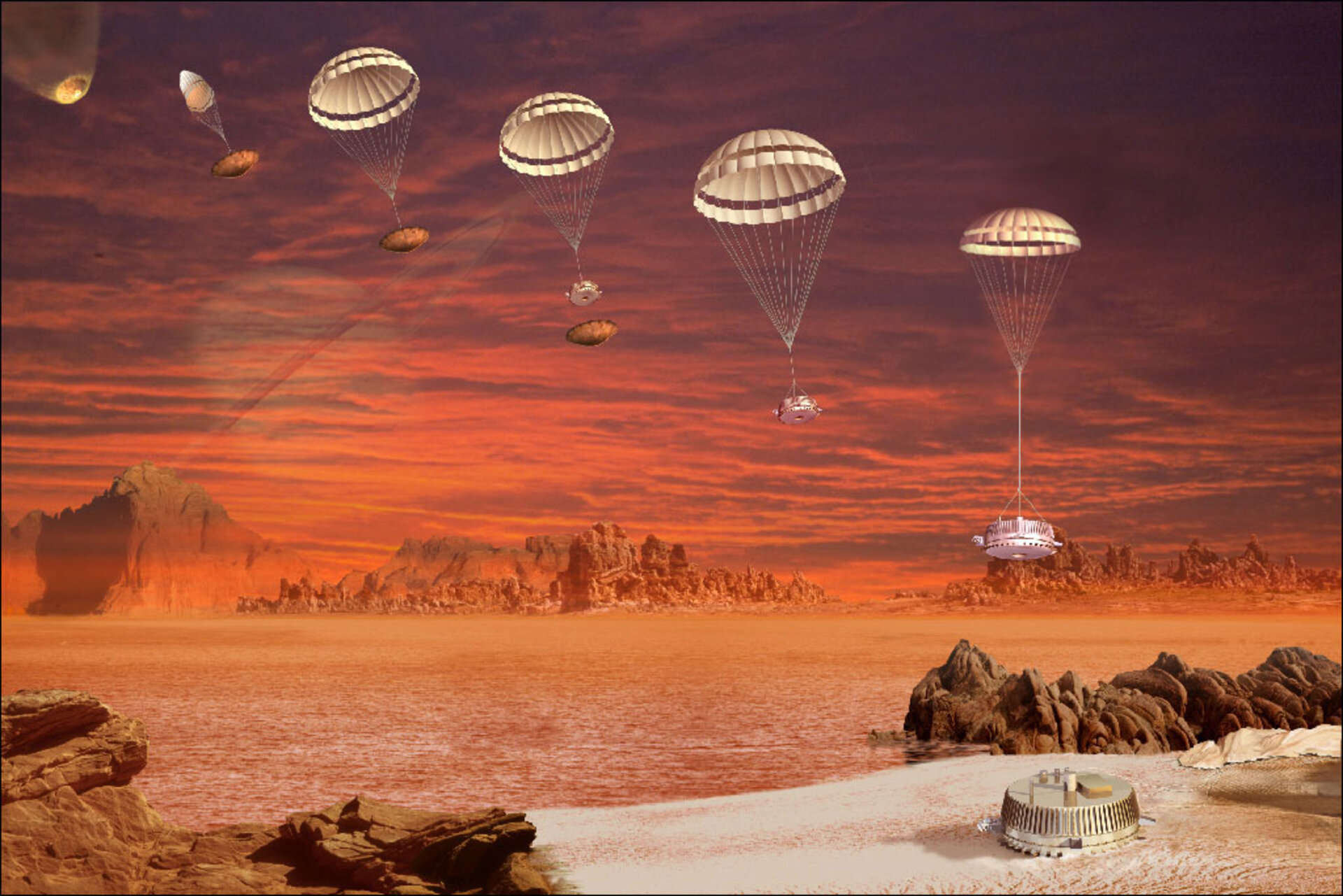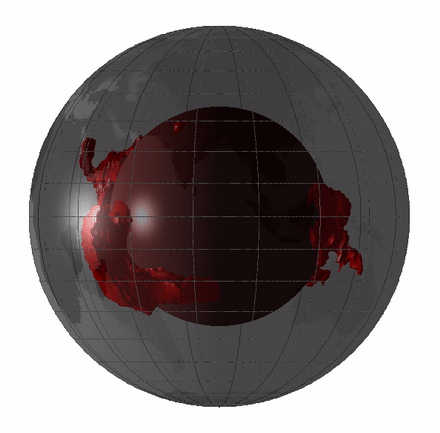
Saturn’s largest moon, Titan, was discovered by the Dutch astronomer Christiaan Huygens in 1655, the same year courts in Virginia first ruled slavery was legal in the American colonies. It took another 350 years before humans visited Titan upclose, leaving this, the largest moon in the Solar System, an object of wonder and speculation. But even after many years of intimate study, Titan remains enshrouded, both figuratively and literally. Its secrets may persist until NASA’s Dragonfly mission visits the world again in 2034, and if history is any guide, probably long after too.
Continue Reading



